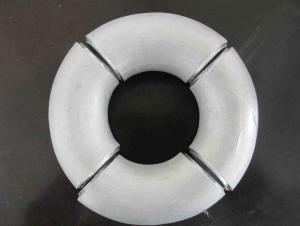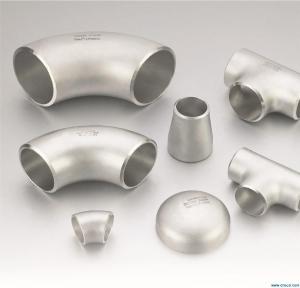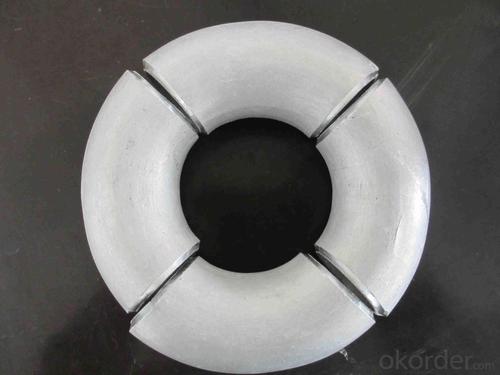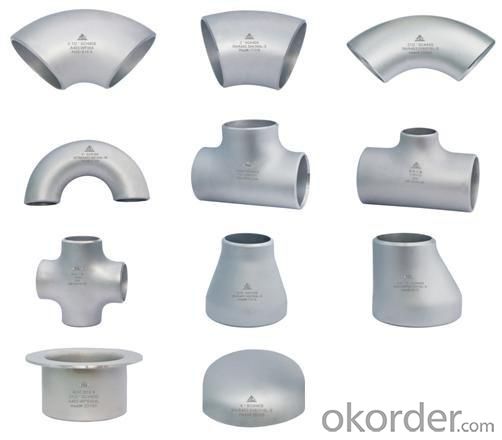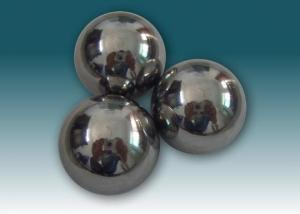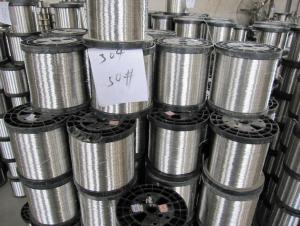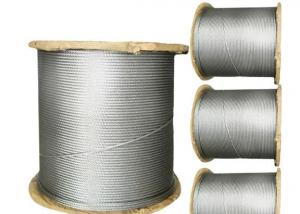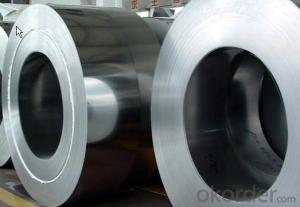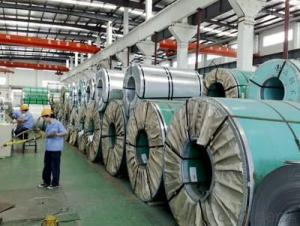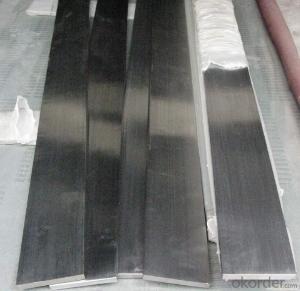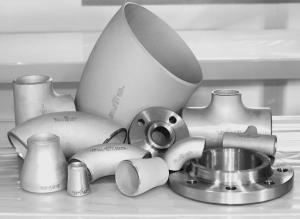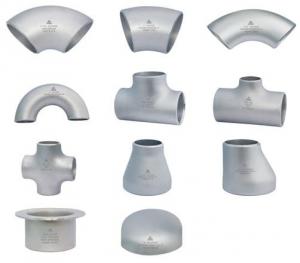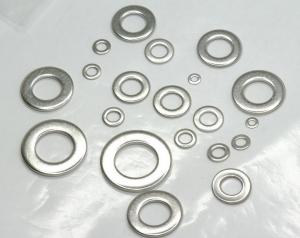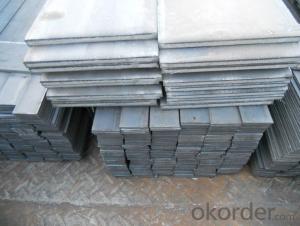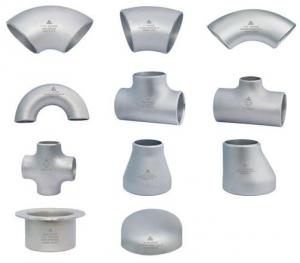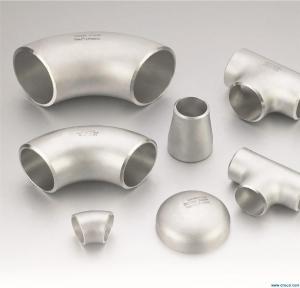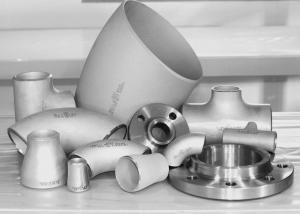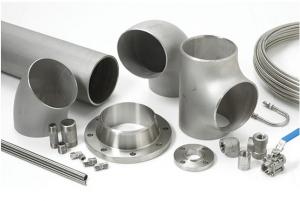Stainless Steel Cap
- Loading Port:
- China Main Port
- Payment Terms:
- TT or LC
- Min Order Qty:
- 5 Pieces pc
- Supply Capability:
- 10000 Pieces Per Month pc/month
OKorder Service Pledge
OKorder Financial Service
You Might Also Like
Stainless Steel Fittings
Specifications Features:
1) Carbon steel fitting and stainless steel fitting
2) Standard: ASME, ANSI, API, JIS
1. BUTT WELDED FITTING:
2. Production acc. to the standard of GB /ASTM / ASME / DIN / JIS
ASTM B 16.9 /16.11 B 16.28 JIS B 2311/2220 DIN2617/2616/2615/2391
3. Types: Elbows, seamless and welded, LR & SR ,Bend -Equal and reducing Tees,
seamless and welded - Concentric and eccentric Reducers,seamless and welded -Caps
4. Wall thickness: From Sch5 up to Sch160/STD/XS/XXS
5. Material Grades: A403,WP304, WP304L, Wp316, WP316L, A234WPB
6. Dimensions: Seamless: from 1/2' up to 24'
7. size: From 1/2" up to 72"
Outer packing:Seaworthy plywood case
|
Grade |
TP304,TP304L,TP321,TP316L,TP310S etc. |
|
connection |
welding |
|
techniques |
forged |
|
Surface finishing |
180/240/320/400 grit |
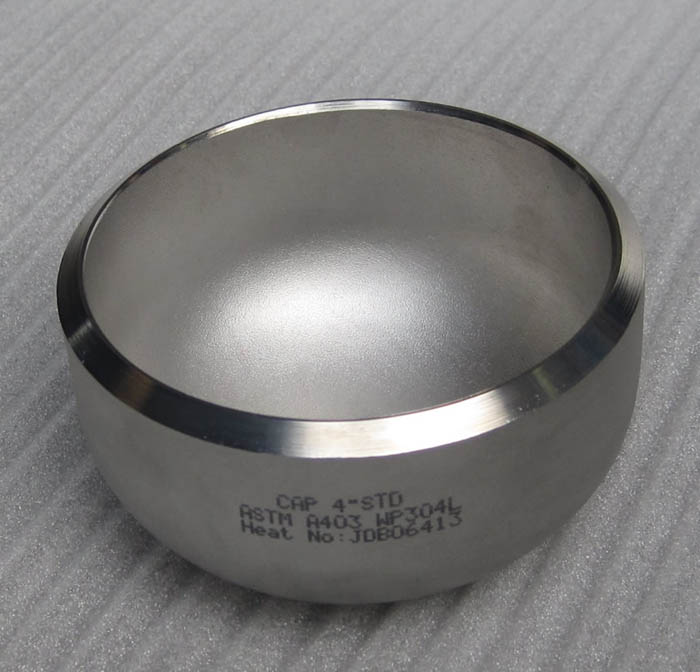
- Q: What is the Poisson's ratio of stainless steel flats?
- The Poisson's ratio of stainless steel flats typically ranges between 0.27 and 0.30.
- Q: Can stainless steel flats be threaded?
- Yes, stainless steel flats can be threaded.
- Q: How is stainless steel flat different from other steel products?
- Stainless steel flat differs from other steel products primarily due to its composition and properties. Unlike regular steel, stainless steel contains a higher percentage of chromium, which forms a protective layer on its surface, making it resistant to corrosion and rust. This makes stainless steel flat highly durable and suitable for applications in environments where exposure to moisture or chemicals is common. Additionally, stainless steel flat offers excellent strength, heat resistance, and a polished appearance, making it a preferred choice in various industries such as construction, automotive, and food processing.
- Q: How do stainless steel flats resist corrosion in acidic environments?
- Stainless steel flats resist corrosion in acidic environments due to the presence of chromium in their composition. Chromium forms a protective oxide layer on the surface of stainless steel, which acts as a barrier against corrosion. This oxide layer is stable and self-repairing, preventing the steel from reacting with the acid and sustaining damage.
- Q: What is the maximum temperature stainless steel flats can withstand?
- The specific grade of stainless steel used determines the maximum temperature it can withstand. Typically, stainless steel is renowned for its ability to resist high temperatures, enduring up to approximately 1450°C (2642°F). Nevertheless, the maximum temperature can fluctuate due to variables like alloy composition, grade, and the particular application of the stainless steel flats. It is crucial to refer to the manufacturer's specifications or consult a materials engineer to ascertain the precise maximum temperature resistance for a specific type of stainless steel flat.
- Q: What are the common thicknesses available for stainless steel flats?
- The common thicknesses available for stainless steel flats vary depending on the specific requirements and applications. However, some of the most commonly available thicknesses include 1/8 inch (3.175 mm), 3/16 inch (4.7625 mm), 1/4 inch (6.35 mm), 3/8 inch (9.525 mm), 1/2 inch (12.7 mm), and 3/4 inch (19.05 mm). These thicknesses are widely used in various industries such as construction, manufacturing, and engineering. It is important to note that stainless steel flats can also be custom made in other thicknesses to meet specific project needs.
- Q: How do you identify the grade of a stainless steel flat?
- When determining the grade of a stainless steel flat, several factors should be taken into account. Firstly, one can assess the surface finish of the stainless steel. Grades like 304 and 316 generally possess a smooth and reflective surface, while lower grades may appear duller or less polished. This visual inspection can offer initial insights into the grade. Another crucial factor is the corrosion resistance of the stainless steel. Higher grades, such as 316, are renowned for their exceptional resistance to corrosion, making them suitable for use in harsh environments or where exposure to corrosive substances is anticipated. Lower grades may not provide the same level of corrosion resistance. The chemical composition of the stainless steel must also be considered. Different grades contain varying amounts of specific elements like nickel, chromium, and molybdenum, which greatly influence the steel's properties and performance. For example, 304 stainless steel consists of 18% chromium and 8% nickel, while 316 stainless steel comprises 16-18% chromium, 10-14% nickel, and 2-3% molybdenum. By referring to the manufacturer's chemical composition specifications, one can determine the grade of the stainless steel flat. Additionally, a magnet test can be conducted to differentiate between certain stainless steel grades. Austenitic stainless steels, such as 304 and 316, are non-magnetic, whereas ferritic and martensitic stainless steels exhibit magnetic properties. However, it is important to note that this test may not yield conclusive results, as some stainless steel grades can become slightly magnetic due to cold working or other factors. If doubts persist regarding the grade of a stainless steel flat, consulting the manufacturer's documentation or seeking assistance from a metallurgical expert can provide a more accurate identification.
- Q: How do stainless steel flats perform in acidic environments?
- Stainless steel flats perform exceptionally well in acidic environments due to their corrosion-resistant properties. The high levels of chromium present in stainless steel form a protective layer, known as a passive film, which prevents the metal from reacting with acids. This passive film ensures that stainless steel flats remain durable and maintain their structural integrity even in highly corrosive acidic conditions.
- Q: Can stainless steel flats be passivated?
- Yes, stainless steel flats can be passivated. Passivation is the process of treating stainless steel with a mild oxidizing agent, such as nitric acid or citric acid, to remove any surface contaminants and enhance its corrosion resistance. Passivation creates a protective oxide layer on the surface of the stainless steel, which helps to prevent rust and other forms of corrosion. This process is commonly used in various industries, including the manufacturing of stainless steel flats, to ensure the longevity and durability of the material.
- Q: Are stainless steel flats resistant to deformation?
- Yes, stainless steel flats are highly resistant to deformation due to their strong and durable nature.
1. Manufacturer Overview
| Location | Wuxi,China |
| Year Established | 2003 |
| Annual Output Value | Above US$8.3 Million |
| Main Markets | SouthEast Asia |
| Company Certifications | ISO9001:2000 |
2. Manufacturer Certificates
| a) Certification Name | |
| Range | |
| Reference | |
| Validity Period |
3. Manufacturer Capability
| a) Trade Capacity | |
| Nearest Port | Shanghai |
| Export Percentage | 30% |
| No.of Employees in Trade Department | 30 People |
| Language Spoken: | English;Chinese |
| b) Factory Information | |
| Factory Size: | Above21,000 square meters |
| No. of Production Lines | Above 7 |
| Contract Manufacturing | OEM Service Offered;Design Service Offered |
| Product Price Range | Average |
Send your message to us
Stainless Steel Cap
- Loading Port:
- China Main Port
- Payment Terms:
- TT or LC
- Min Order Qty:
- 5 Pieces pc
- Supply Capability:
- 10000 Pieces Per Month pc/month
OKorder Service Pledge
OKorder Financial Service
Similar products
Hot products
Hot Searches
Related keywords
